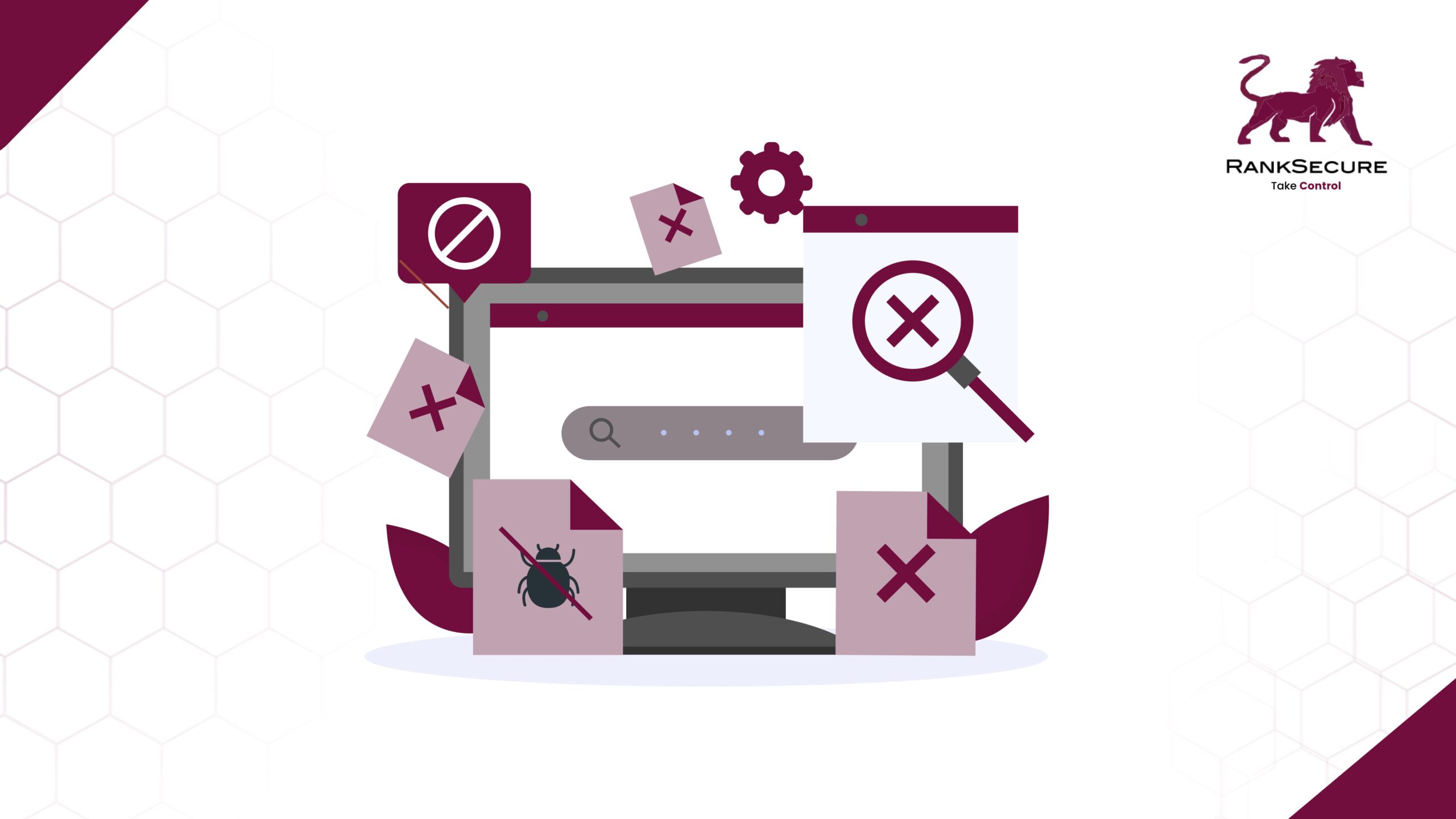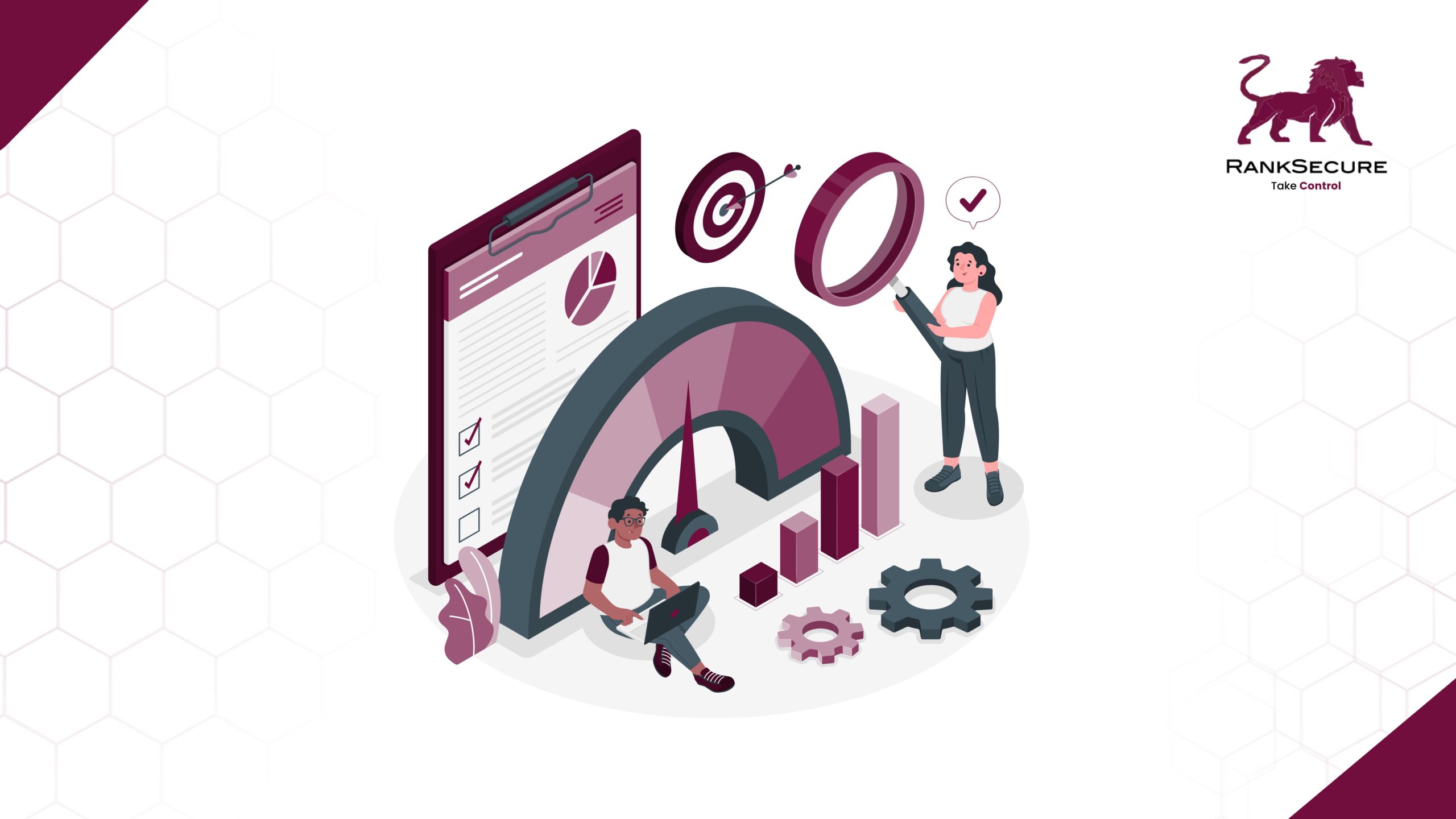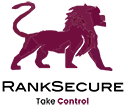
How Is Your CMS Compromising The Security Of Your Website?
When it comes to building and managing dynamic websites, Content Management Systems (CMS) have transformed the way we create and publish content. Platforms like WordPress, Joomla, Drupal, and others have facilitated businesses and individuals to establish their online presence. However, this convenience can come at a cost – the compromise of website security.
Did you know that according to Scruri, WordPress is the most vulnerable CMS, followed by Joomla and Drupal?
Considering that these platforms have become a prime target for cyberattacks due to their widespread use and potential vulnerabilities, website security must be one of the prime concerns for any business – including yours.
If you’re wondering how, let’s take a look at the most common ways in which CMS platforms compromise website security, and how you can mitigate them.
Why are CMS platforms so unsafe?
While open-source CMS platforms have several advantages, such as collaboration and code modification, they often suffer from critical security weaknesses. This is because there is a lack of accountability for security issues. Unlike paid systems, there is no responsible entity to promptly address security vulnerabilities.
Before CMS systems existed, attackers had to identify individual targets like banks or e-commerce sites and then search for vulnerabilities. With CMS platforms, attackers who identify a vulnerability can efficiently automate and execute mass-scale attacks. Once a vulnerability is known, attackers can use search engines to identify websites using the same CMS and exploit them across various companies, making these attacks widespread and more damaging.
Security threats posed by CMS platforms for your website
Outdated CMS Versions
This is a common security risk. CMS developers regularly release updates that include security patches. Failing to update your CMS can leave your website vulnerable to known exploits and attacks. Hackers often target websites running older versions with well-documented vulnerabilities.
Solution: Ensure that your team keeps your CMS, themes, plugins, and extensions up to date. Set up automatic updates whenever possible.
Insecure Themes and Plugins
Themes and plugins are a great way to customise your website, but they can introduce vulnerabilities if not properly coded or maintained. Using third-party themes and plugins with security flaws can open the door to malicious attacks.
Solution: Keep an eye on the themes and plugins that are being installed on your CMS. Ensure that they are from reputable sources and are regularly updated.
Weak Passwords and User Access Control
Weak passwords are an open invitation to attackers. If your CMS user accounts have weak passwords, or if you don’t properly control user access, unauthorised individuals can gain entry to your website’s backend.
Solution: Enforce strong password policies, implement multi-factor authentication (MFA), and carefully manage user roles and permissions. Consider using web application firewalls to add an extra layer of security and protect against common internal and external attacks.
Inadequate Security Testing
Failing to conduct security testing, such as website penetration testing or vulnerability scanning on your CMS can lead to undiscovered vulnerabilities that can be exploited by attackers.
Solution: Periodically conduct security testing to identify and address vulnerabilities. Additionally, you can also implement security monitoring tools and establish an incident response plan to respond quickly to potential security incidents.
How does this impact your business?
Now that we’ve discussed potential vulnerabilities and how to avoid them, let’s dive into the consequences of overlooking these vulnerabilities.
-
Data Breaches: One of the most significant security threats is the risk of data breaches. As a business, you might often collect and store sensitive information, including customer data, payment details, and proprietary information. If your CMS is not adequately secured, it can become a target for hackers seeking to steal or compromise this data.
-
Malware and Exploits: Hackers frequently target websites, including those built on popular CMS platforms, to inject malware or exploit vulnerabilities. This can lead to the distribution of malware to site visitors, harming the website’s reputation, or the theft of sensitive business data.
-
SEO Spam: Some CMS platforms can fall prey to SEO spam, where malicious actors inject spammy content or links into your website’s pages. This can negatively impact your site’s search engine rankings and authority.
-
DDoS Attacks: Distributed Denial of Service (DDoS) attacks can be used to overwhelm a website with traffic, causing it to become unavailable. Many CMS platforms are susceptible to such attacks, especially if not properly configured or protected. Downtime can have a financial impact on your business and can also affect your daily operations.
-
Phishing: Attackers can use compromised CMS websites to host phishing pages, attempting to deceive visitors into providing sensitive information, such as login credentials or financial data. This can severely harm your business’s reputation.
Is there a solution?
While the security of CMS platforms is not under your control, the security of your website is. RankSecure offers comprehensive website penetration testing services, that allow you to identify and mitigate vulnerabilities to your web applications before they can have a significant impact on your business. Our services involve a thorough analysis of your website’s frontend and backend, to assess any known threats, and offer actionable steps to control or prevent potential attacks.
Your CMS might be unintentionally impacting the security of your website. Take a step towards minimising associated risks to protect your online assets and sensitive data.







